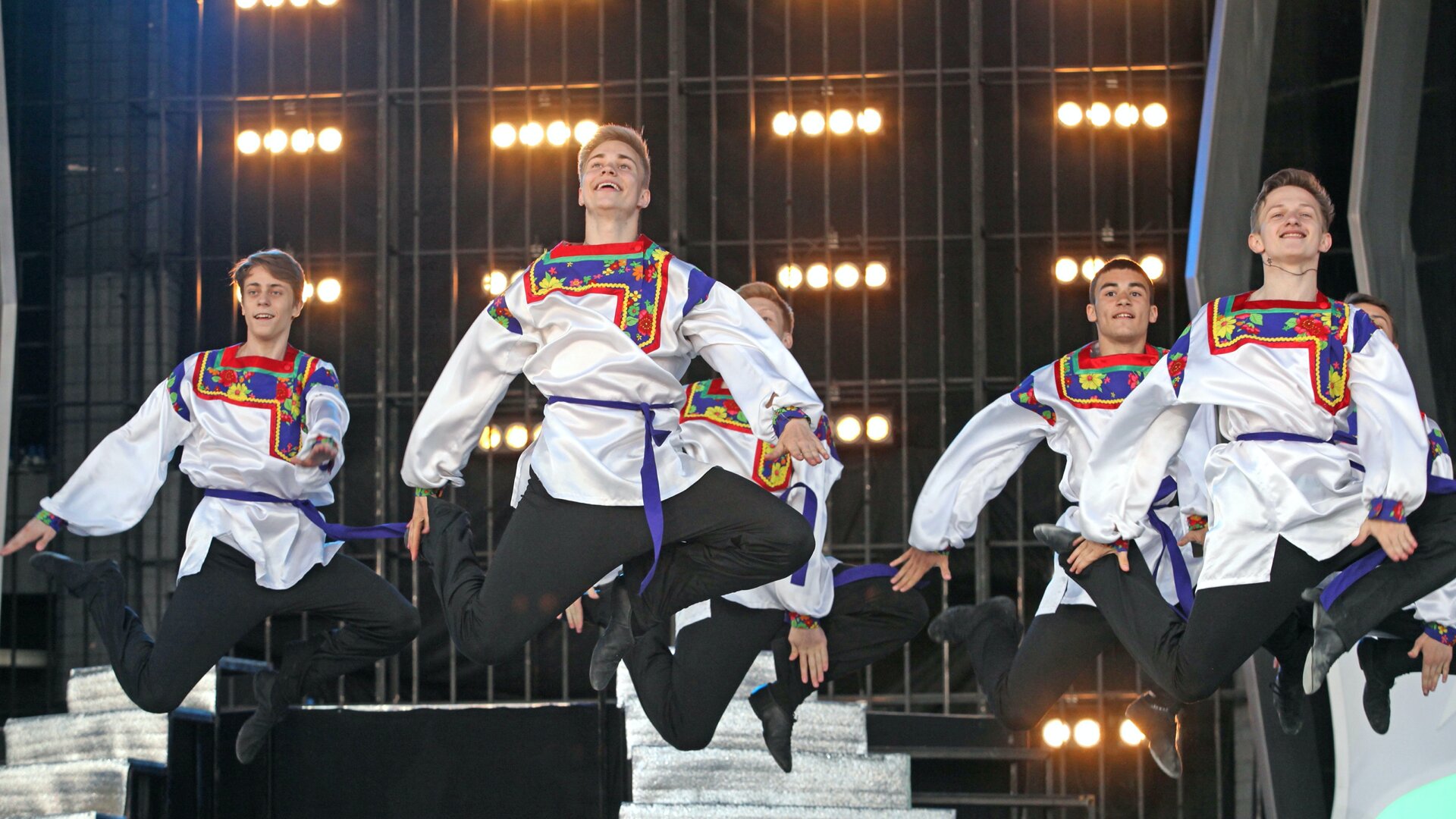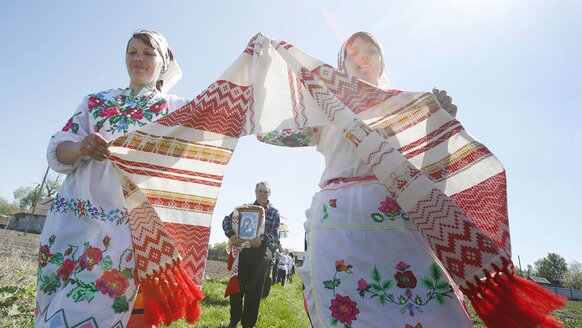Culture
General Description

The cultural identity of Belarusians has been shaped by supreme spiritual values celebrating morality and humanity. For centuries these values have been passed over from generation to generation. These are high ideals of good and justice, respect for others, strong rejection of evil and violence. These values have been materialized in architectural and artistic traditions, unique works of music and literature.
The main principles of state policy in culture are described in the Code on Culture of the Republic of Belarus. The document has set the legal, organizational, economic and social framework of cultural activities. It regulates legal relations in the preservation and development of cultural values, and the protection of historical, cultural and archaeological heritage; library and museum affairs; cinematography; folk art craft, amateur art groups; cultural events and recreation; rewards for people of culture.
The Culture of Belarus state program for 2016-2020 is currently in progress. Its main goals are to preserve the historical memory of the Belarusian people and their national and cultural identity and traditions; to ensure active involvement of people in the cultural life of the country, to unlock the creative potential of the nation; preserve the national and cultural identity of the Belarusian diaspora.
The modern cultural life of Belarus is dynamic and diverse. The country hosts a lot of art exhibitions, music, theater and film festivals. They draw national and international audiences.
Today, there are about 5,000 state-run cultural institutions in Belarus (taking into account interdependent structural units and branches). These include clubs (2,291), public libraries (2,214), museums (156), theaters (28), concert organizations (23), circuses(2), parks (12), zoos (5), methodological centers of folk art (12).
Preservation and successful development of the integrated system of cultural education is viewed as an important achievement.
Belarus has a three-tier education system in the field of art, including 393 children's art schools, 20 post-secondary vocational education schools and three higher education institutions.



